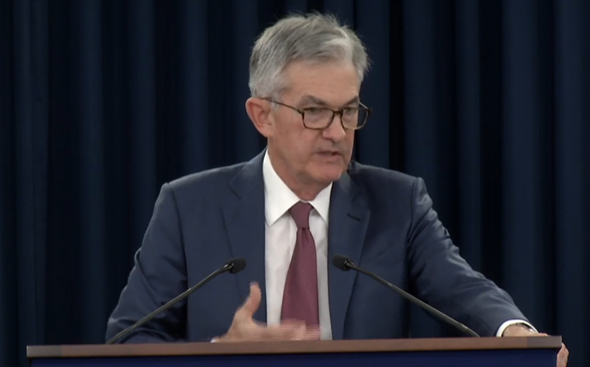It takes a lot to kick a dying ailing man in the guts as he is already agonizing on the floor, but nobody wants to do it to poor old Uncle Sam, do they? And that’s despite the fact that the government in the US is inefficient and that economic development leaves a lot to be desired, these days. Even the World Economic Forum increased the ranking for the USA from 5th in 2013 in the world to 3rd position in 2014. Either the USA is giving some back-handed greenbacks to the committee or they really are not looking into things as well as they should be. What’s the US got to sing praises for these days in terms of economic ranking? We can only imagine that they will increase yet again in this year’s rankings once they get released if it is only for the greatest pleasure and most-intellectual masturbation of the elitist decision-makers in the country. The USA is at the top of the roost, isn’t it?
The World Economic Forum judges each country in the world according to a set of criteria that determine the productivity of a country and its ability to be competitive. Of course, the whole concept of competitiveness is a western-world set of values, isn’t it? Just like democracy, which has to be exported to all and sundry, whether they want or need it in their states, the liberal concept of economic activity has to be exported to the rest of the world. If you don’t, then you are going to be downgraded and dumped into the abysses of the rankings in the world. Who wants to come out last or get given the wooden spoon in the race towards that big dollar sign in the sky? Nobody. Not even those that don’t want liberal economies.
World Economic Forum and Competitiveness
Either you are an efficiency-driven economy according to the World Economic Forum that highlights the basic need of improving economic output and heightening efficiency of production (which basically means getting people to work more for less and at the same time produce more for the customer just as long as the latter agree to pay exorbitant sums of money); or you are a factor-driven economy, which is bad because they are the least developed and they can only afford to pay cheap labor a pittance and they sell of their natural resources (in abundance to the efficiency-driven economies). Whoever said economics was hard to understand? The third category of the World Economic Forum is those countries that are called innovation-driven economies. Those are the western-world nations that have managed to invent and innovate new ways of exploiting the previous two categories at will and in depth. Apparently, any country that is not in one of these three categories does not, will not and cannot exist according to the World Economic Forum. In its own words theWEF is “committed to improving the state of the word through public-private cooperation”.
(more…)


